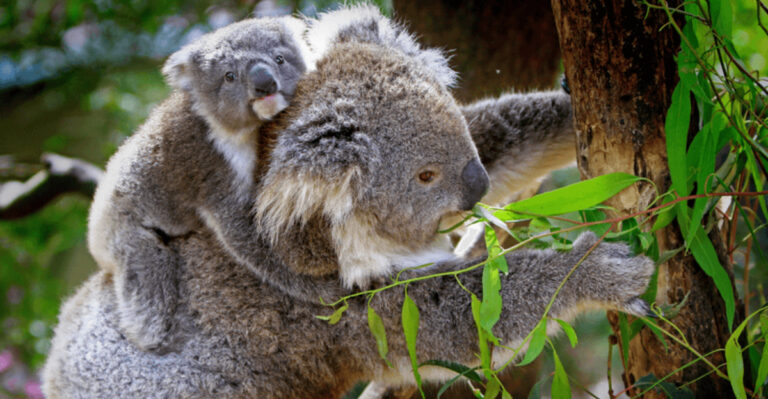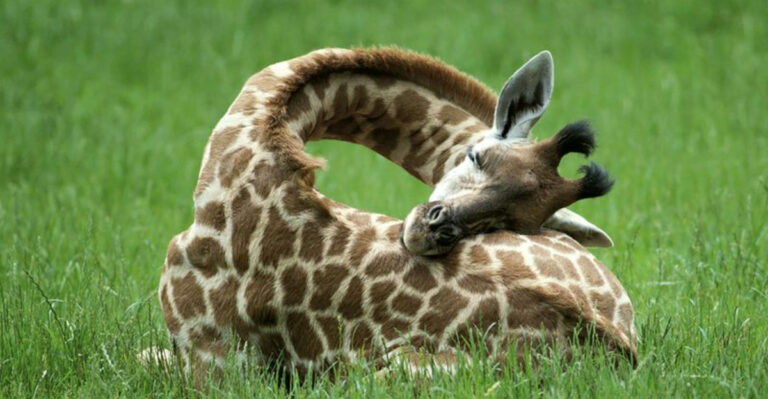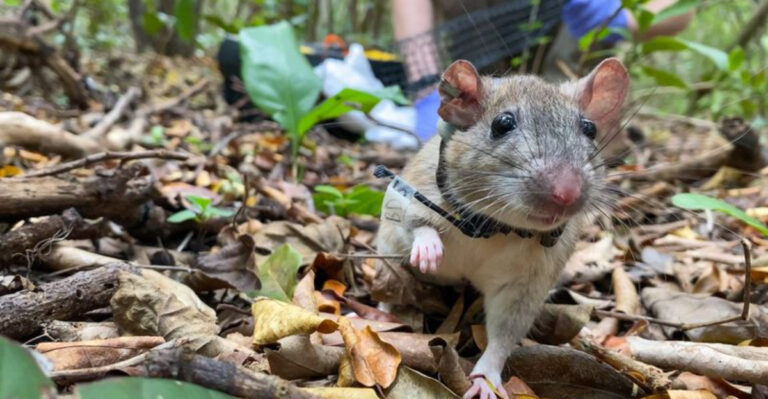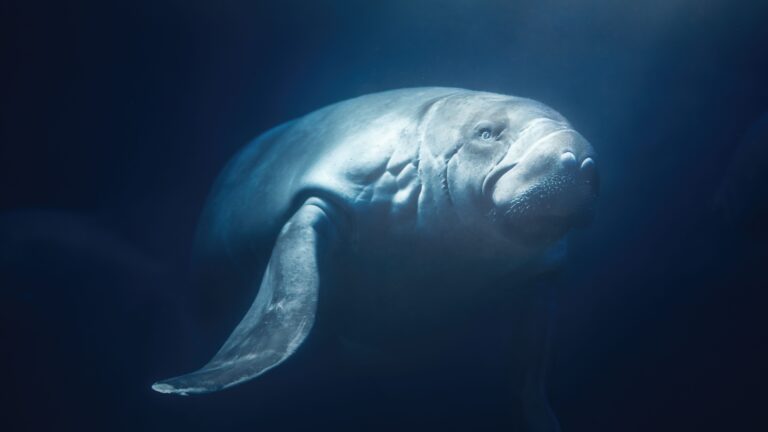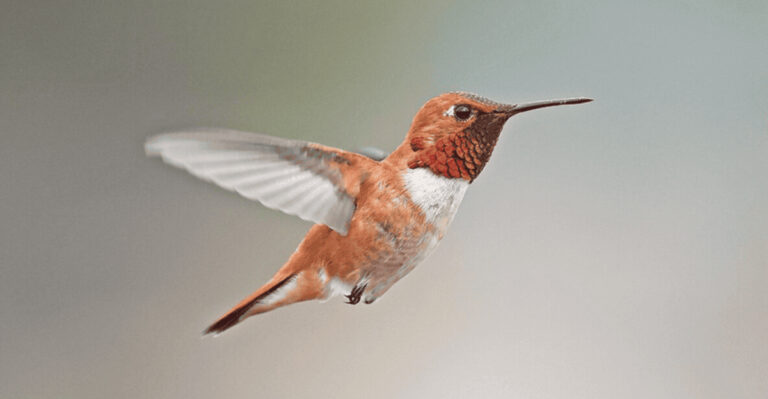15 Rare Mammals That Are The Most Difficult To See In The Wild
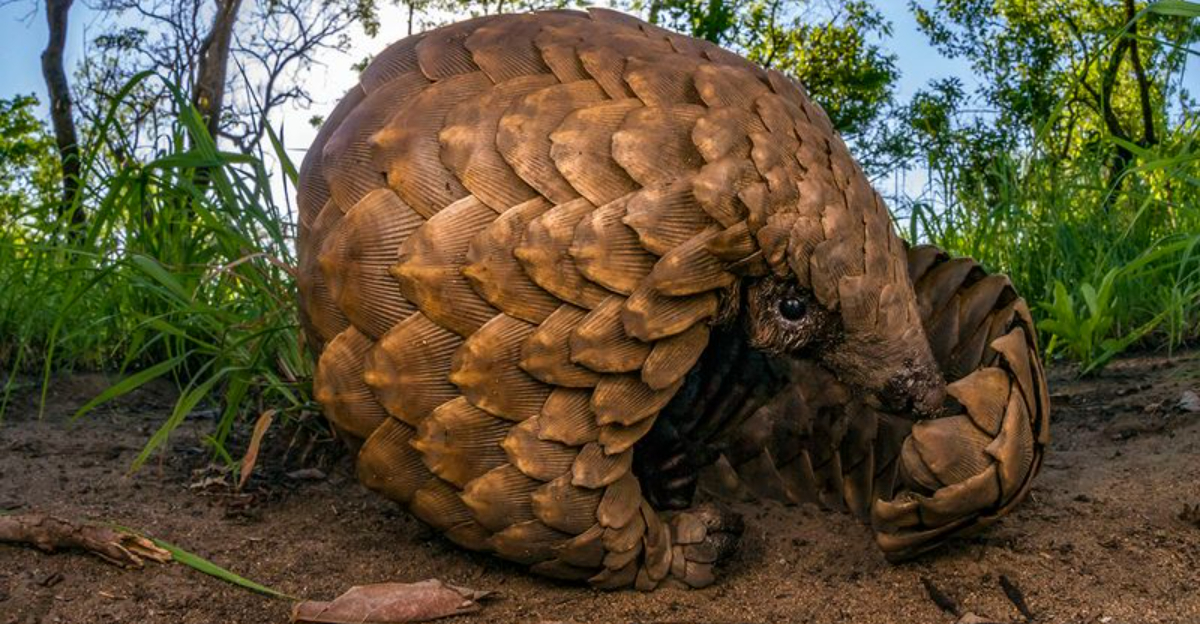
Hidden in the depths of remote forests, lurking in mountain caves, or swimming in the darkest ocean depths are some of Earth’s most elusive creatures.
These rare mammals have mastered the art of staying hidden, making a glimpse of them a once-in-a-lifetime experience for even the most dedicated wildlife enthusiasts. From tiny desert-dwelling creatures to massive ocean wanderers, these animals represent nature’s greatest hide-and-seek champions.
1. Kitti’s Hog-Nosed Bat – The Bumblebee Bat
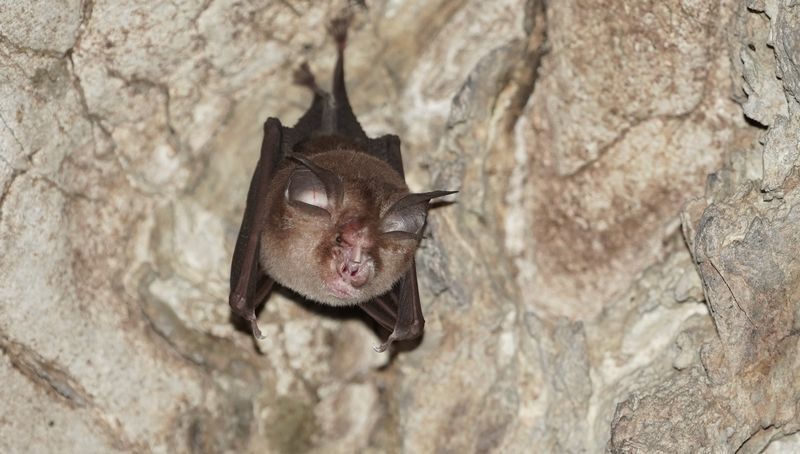
At just over an inch long and weighing less than a penny, the world’s smallest mammal easily vanishes in the limestone caves of Thailand and Myanmar. A handful of colonies exist, each with fewer than 100 individuals.
Their tiny size and preference for remote cave systems make them nearly impossible to find without expert guidance. Even bat researchers consider themselves fortunate to observe these flying specks that can easily fit inside a closed human fist.
2. Saola – The Asian Unicorn

First discovered in 1992, this mysterious hoofed mammal from Vietnam and Laos has never been photographed alive in the wild. Scientists know so little about them that they’ve earned the nickname “Asian unicorn.” Local villagers rarely spot them, and camera traps have only captured a handful of images. Their population might be fewer than 100 individuals, making them among the rarest large mammals on Earth.
3. Vaquita Porpoise – Ocean’s Tiniest Ghost

Barely five feet long, these miniature porpoises haunt a tiny section of Mexico’s Gulf of California. With fewer than 10 individuals remaining, you’d have better odds of seeing a real ghost than spotting this critically endangered marine mammal.
Fishing nets have decimated their numbers despite conservation efforts. Their small range and shy nature make them virtually impossible for wildlife watchers to encounter.
4. Pangolin – The Walking Pinecone
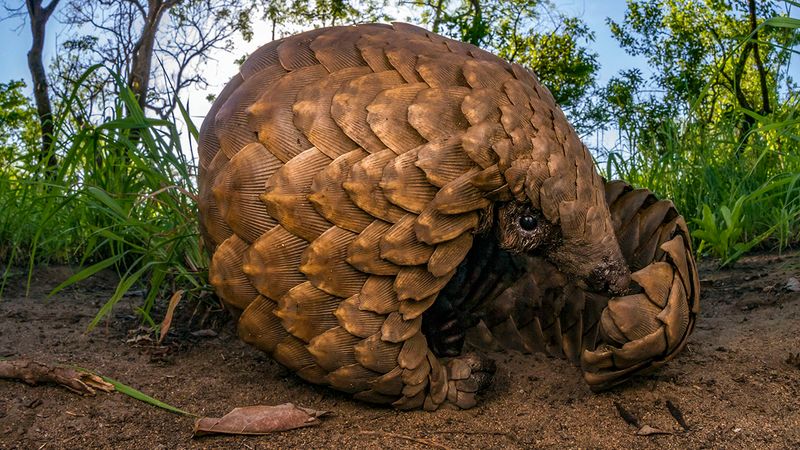
Under cover of darkness, these scale-covered mammals emerge to hunt ants and termites. All eight species are threatened by poaching for their scales, making them the most trafficked mammals in the world. Nocturnal and naturally shy, pangolins curl into tight defensive balls when threatened. Their secretive habits, combined with plummeting populations, mean that even dedicated wildlife guides in Africa and Asia rarely spot them.
5. Hirola Antelope – The Vanishing Phantom
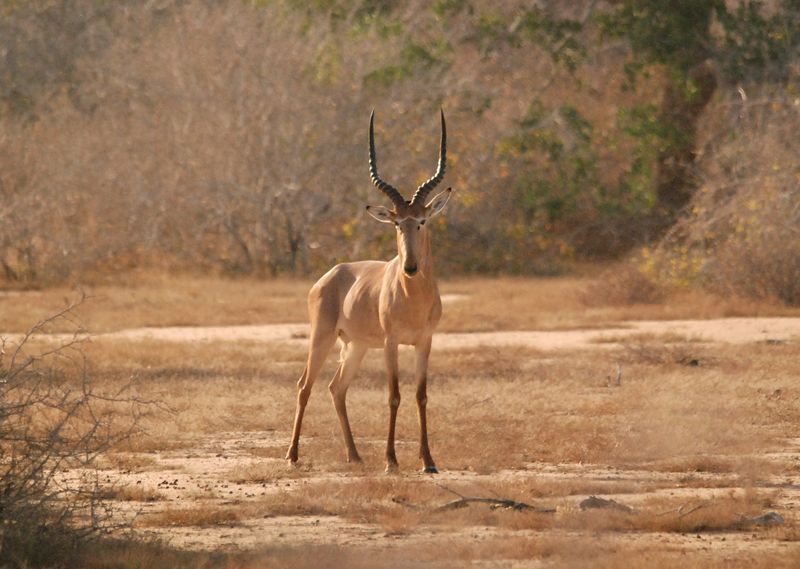
Found only along the Kenya-Somalia border, fewer than 500 of these elegant antelopes remain in the wild. Their distinctive white spectacle-like markings around the eyes make them look perpetually surprised. Drought and habitat loss have pushed them to the brink of extinction.
Even local communities who’ve lived alongside them for generations now rarely glimpse these graceful creatures as they blend into the dusty savanna landscape.
6. Javan Rhino – Forest Shadow
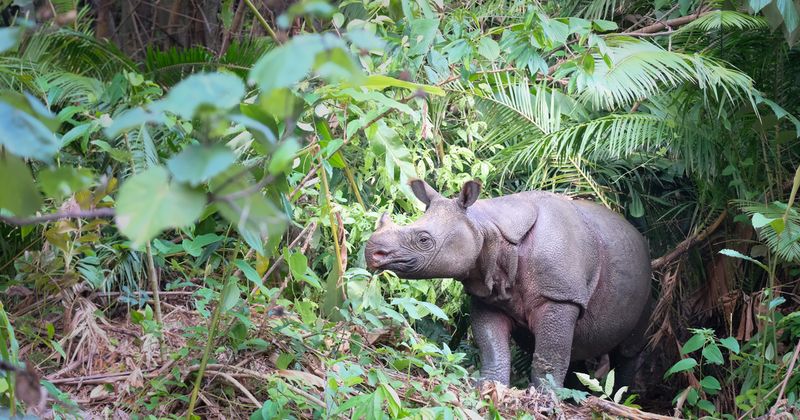
Lurking in a single national park in Indonesia, only about 75 of these prehistoric-looking beasts remain. Unlike their African cousins, these shy forest-dwellers avoid open areas and retreat deeper into the jungle at the slightest disturbance.
Even park rangers tasked with protecting them might work for years without a sighting. Their muddy wallows and footprints are often the only evidence of their phantom-like presence in the dense tropical forests.
7. Ili Pika – The Magic Rabbit

Discovered in 1983, this teddy bear-faced mammal vanished for decades until its rediscovery in 2014. Living only in remote mountain cliffs of northwestern China, fewer than 1,000 remain.
These adorable creatures dwell at elevations above 13,000 feet, hiding among rock crevices. Their discoverer, Weidong Li, spent years searching before capturing the now-famous photo that introduced this living stuffed animal to the world.
8. Cross River Gorilla – The Forest Phantom
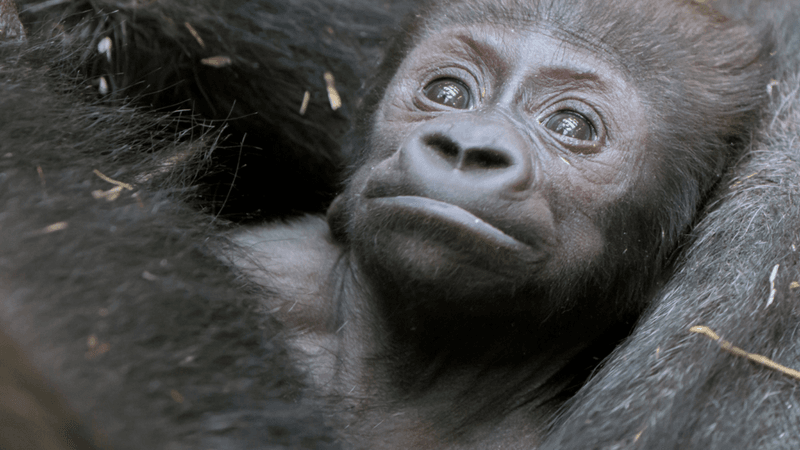
Scattered across rugged mountain terrain along the Nigeria-Cameroon border, fewer than 300 of these great apes remain. Unlike their mountain gorilla cousins, these primates have learned to fear and avoid humans at all costs.
Their remote habitat and extreme wariness make them nearly impossible to observe. Most researchers rely on nest sites, footprints, and camera traps for study, as actual sightings remain extraordinarily rare even for those who dedicate years to tracking them.
9. Cuban Solenodon – Night’s Venomous Ghost

Resembling an oversized shrew with a flexible snout, this primitive mammal was once thought extinct until its rediscovery in 2003. One of the few venomous mammals, it delivers toxic saliva through specialized grooved teeth.
Exclusively nocturnal and incredibly rare, fewer than 100 may exist in remote eastern Cuban forests. Most Cubans have never seen one, and only a handful of scientists have ever observed this living fossil in its natural habitat.
10. Omura’s Whale – The Forgotten Giant

Until 2003, scientists didn’t even realize this whale species existed separately from other similar-looking baleen whales. First photographed alive in the wild only in 2015, these 33-foot ocean dwellers somehow remained hidden despite their massive size.
Unlike other whales, they don’t appear to migrate in predictable patterns. Their preference for deep tropical waters far from shore means even dedicated whale-watching expeditions almost never encounter these mysterious marine mammals.
11. Northern Hairy-Nosed Wombat – Underground Mystery
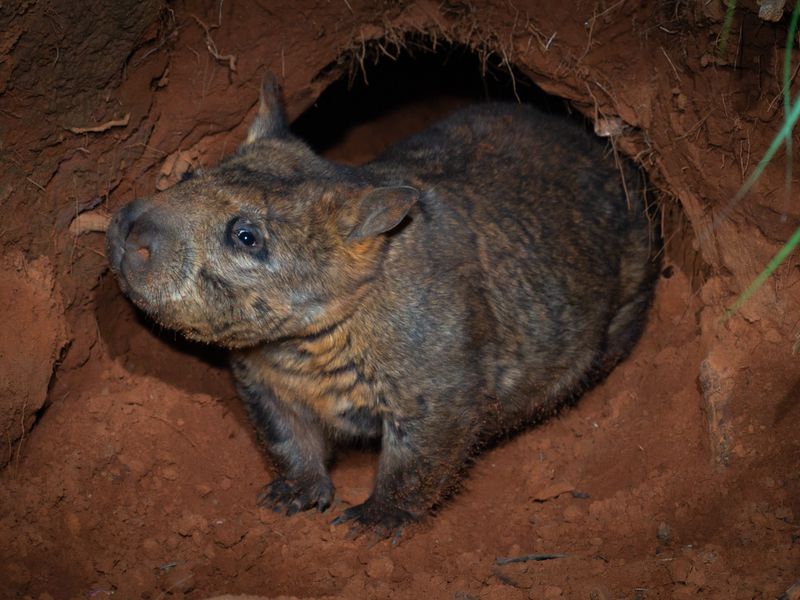
Confined to a single nature reserve in Queensland, Australia, only about 300 of these tank-like marsupials remain. Larger than their common cousins, they spend nearly their entire lives underground in extensive burrow systems.
Primarily nocturnal, they emerge only briefly to feed. Even dedicated researchers monitoring the population typically study them through tracking devices and cameras rather than direct observation, making a wild sighting almost impossible.
12. Pyrenean Desman – Europe’s Water Ninja
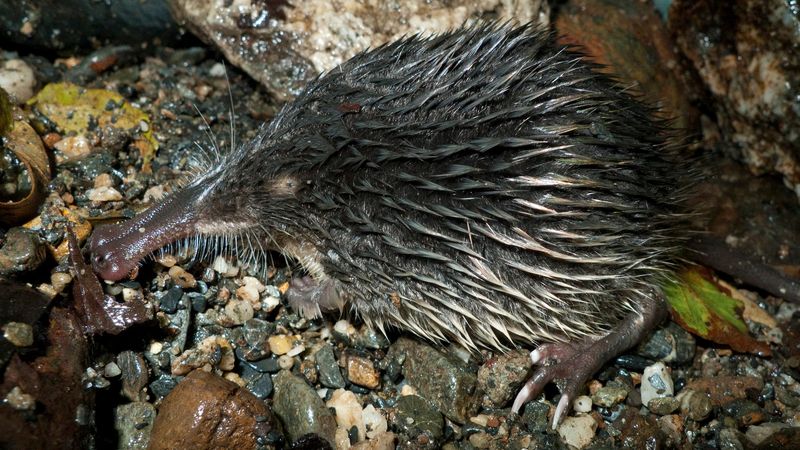
With a star-shaped nose and webbed feet, this semi-aquatic insectivore looks like something from a fantasy novel. Found only in mountain streams of the Pyrenees between France and Spain, these nocturnal oddities spend most of their time underwater.
Even locals who’ve lived near desman habitat their entire lives often haven’t seen one. Their population has declined by over 60% in recent decades, making this already secretive mammal even more challenging to spot.
13. Amur Leopard – Siberia’s Phantom Cat
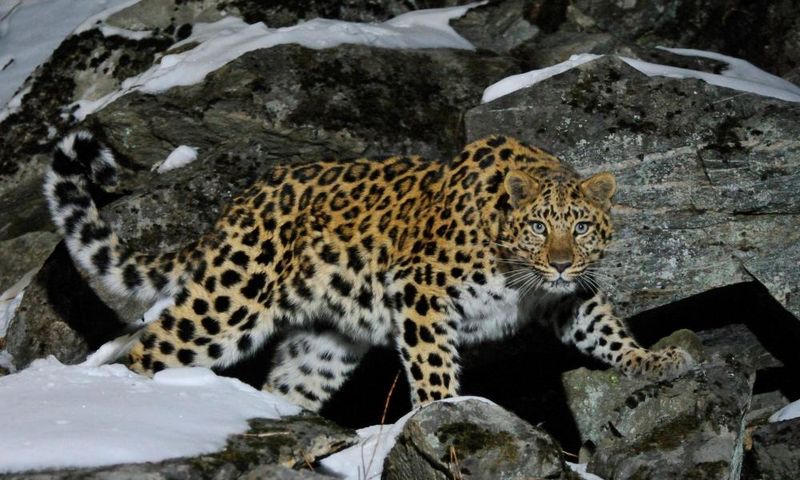
Across the snowy forests of Russia’s Far East roams a ghost-like big cat so rare that fewer than 100 remain in the wild. These solitary predators patrol territories spanning hundreds of square miles, making encounters exceptionally unlikely.
Master camouflage artists, they blend perfectly with dappled forest light. Even researchers who’ve studied them for decades might go years without a direct sighting in their frigid homeland.
14. Sumatran Rhino – Jungle Whisper
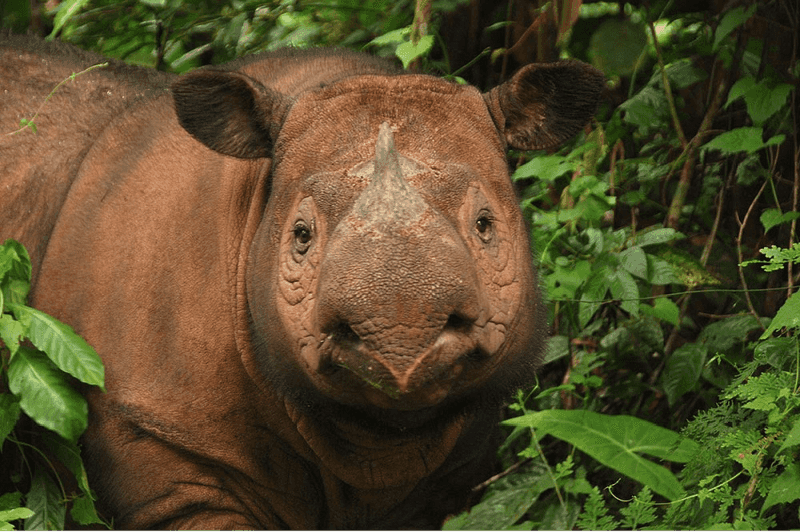
Ancient-looking and covered in shaggy reddish hair, fewer than 80 of these forest rhinos remain scattered across Indonesia. Unlike other rhinos, they vocalize with haunting whistle-like calls that echo through their rainforest home.
Their preference for dense, mountainous jungle and incredibly low population density makes them ghostlike. Even in protected areas with known populations, park rangers might work for years without witnessing these critically endangered living fossils.
15. Snow Leopard – Mountain Spirit
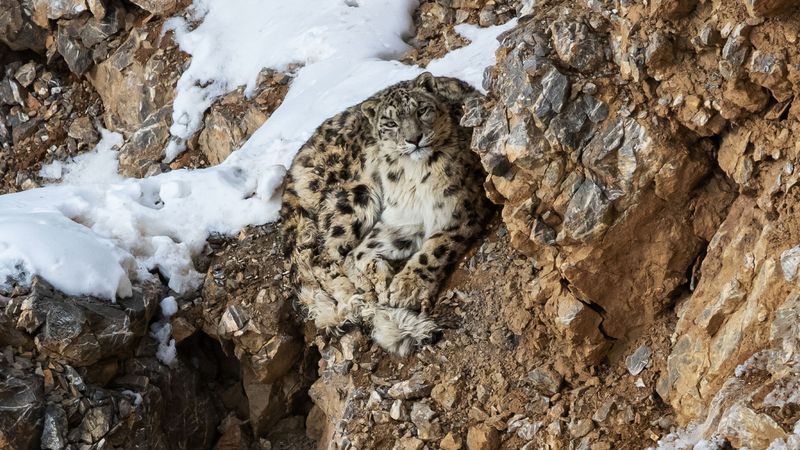
Perfectly camouflaged against the stark mountain landscapes of Central Asia, these elusive cats patrol territories spanning hundreds of square miles. Their smoky gray coat blends seamlessly with the rocky terrain of their high-altitude home.
Professional wildlife photographers often spend months in freezing conditions hoping for just seconds of footage. Local herders who share the mountains with these ghost cats may live entire lifetimes seeing only fleeting glimpses of their powerful yet secretive neighbors.

